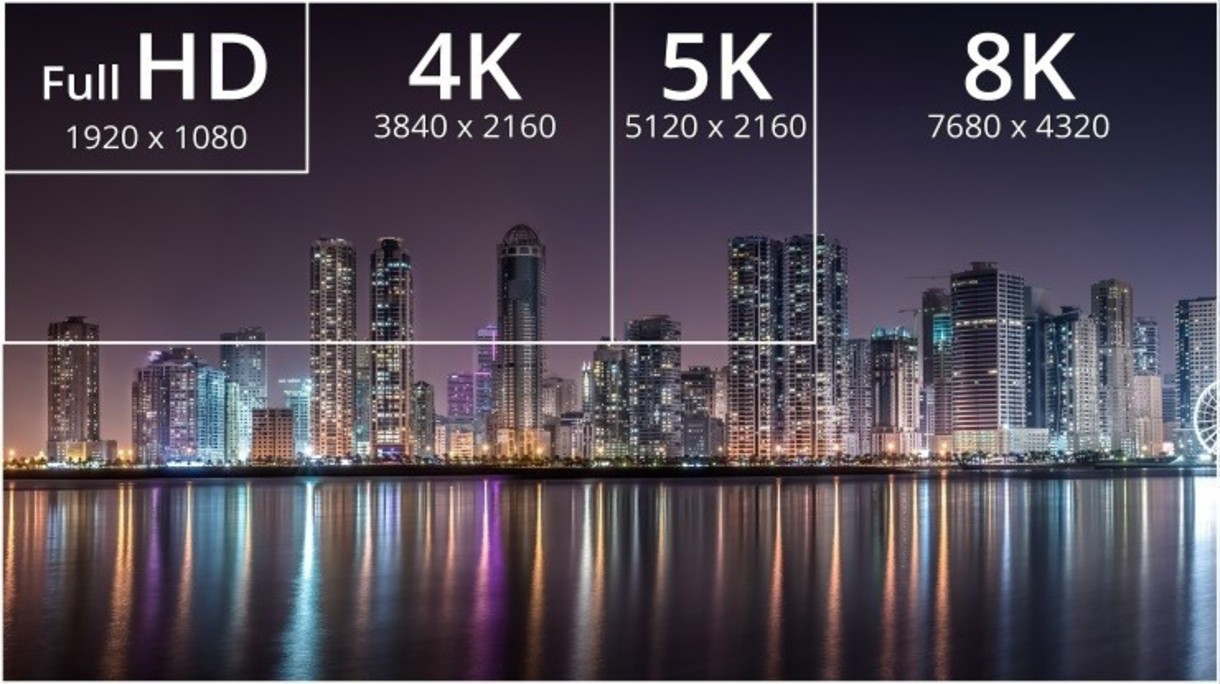“The future always takes longer to get here than you expect, but when it finally arrives, things are usually profoundly different than you could have ever imagined.” – heard at a Ted Conference circa 1995
The annual Consumer Electronics Show (CES) in Las Vegas has become a place where one can get a pretty good idea how things are changing in the world of media and entertainment. I attended CES 2020 and the future is indeed looking more profoundly different than I ever imagined. Beyond the flying Ubers, self-driving cars, and robots at CES, media and entertainment is becoming more intertwined with consumer electronics every year. And the results are virtually indistinguishable from magic.
Two major forces were prevalent throughout the show this year. Artificial intelligence and rapidly-increasing connectivity to the Internet are coming together to trigger a shift from incremental to exponential change. Their combined influence is already mind-bogglingly powerful. Expect that to accelerate as they develop and mature. This dynamic duo is already present in the form of voice recognition, facial recognition, and recommendation engines that fill our online experiences with interesting things we didn’t even know we were interested in.
 AI made a lot of news last year with deep fakes (see video below) and fake people. The Irishman film on Netflix also used AI to de-age, Robert De Niro, Al Pacino and Joe Pesce. Next up, expect to see AI used to upscale old video content. A new generation of 4K television sets will upscale 2K to 4K. Beyond that, expect to see all kinds of old content resurrected to look brand new.
AI made a lot of news last year with deep fakes (see video below) and fake people. The Irishman film on Netflix also used AI to de-age, Robert De Niro, Al Pacino and Joe Pesce. Next up, expect to see AI used to upscale old video content. A new generation of 4K television sets will upscale 2K to 4K. Beyond that, expect to see all kinds of old content resurrected to look brand new.
So how does this happen? AI analyzes large numbers of examples of certain things (people’s faces, for example), and eventually recognizes patterns in those things (like eyes, nose, mouth, dimensions of those things, etc. AI can use that data to model new examples of what it has studied. In a process called generative adversarial networks (GAN), a second AI can scrutinize the work of the first AI, and reject any newly generated examples that do not reasonably replicate the patterns that have been recognized.
Now that you completely understand AI, you may already be using it quite a bit. The voice recognition functions of Alexa, Siri, and Hey Google are all enabled by AI. These types of applications have become so available, that innovators who would like to include them in their inventions can simply purchase or rent them. Actually, the largest AI project in the world right now is Google Translate – another voice recognition application.
AI depends on collecting a lot of data. That includes gathering information about customers and their activities. The eventual profiles of those individuals can be used to model predicted behavior. That’s why we are finding increasingly-relevant ads in our online activities. That function is called “addressable advertising” and it’s pretty much an unavoidable future. And it’s not limited to advertising. My Roku, Hulu, and Netflix accounts show a dramatically different set of recommended programs from my wife’s. It’s all based on what I have viewed when I am logged into my account, and what my wife has viewed on her account.
The second ingredient in this world-changing recipe is massive connectivity to the Internet. The concept of Internet of Things (IoT) has been growing for several years, and was definitely booming at CES 2020. But the next big thing in connectivity is fifth generation cellular technology, better known as 5G. True 5G comes with massive bandwidth and so little latency that it is unnoticeable in normal human activity. In other words, 5G can wirelessly stream huge amounts of very large video streams, AND it allows users to interact with that content as instantly as one would expect on a video game platform. Get ready for high end video games on any mobile device – and a whole lot more.

If you were paying close attention to this years Super Bowl broadcast, they showed a shot of one of their remote broadcast cameras with a big 5G logo on its side. That camera was wirelessly sending its video signal to the broadcast truck. But don’t get too excited about 5G just yet. Building out the infrastructure of 5G cellular towers is an enormous and enormously expensive proposition. And the signal has a shorter range than earlier cellular technology. 5G is going to take a long time to achieve a big footprint.
All of this matters because the media and entertainment industry runs on what the technology is able to do and deliver. Continuous innovation is critical. These new capabilities have already spawned and will continue to spawn whole new generations of content, methods of production, distribution methods, and business models. This is more disruption in the way things have been, and it’s simultaneously golden opportunities for our students and their futures.
Video on demand is definitely the new king of video distribution. Almost every major content distribution company now has a streaming video platform. At the same time, the short form video app TikTok grew to the most downloaded app in the entire world in 2019. This trend to short form video if being taken to a new level with a new platform called Quibi (https://youtu.be/pGGCR3m9XBo) – which was officially announced at CES 2020. Quibi is a new venture headed by Jeffrey Katzenberg and Meg Whitman, and populated by 4 to 10 minute films made by top Hollywood filmmakers.
Another big takeaway from CES 2020 was the evolution of video screens. 8K video may not sound like a big deal, but it is mesmerizingly beautiful. You have to see it to understand. Curved, roll-able, flexible video screens are also coming. I was astonished to see transparent video screens. Think of a store window with video content playing on the glass. A little closer to home, get ready for NEXTGENTV (ATSC 3.0) broadcast television. This new format uses internet protocol, so it includes datacasting capabilities, and it even works on mobile devices.
Another quote heard at an early TED conference: “The future is already here, it’s just not evenly distributed.” – attributed to William Gibson


